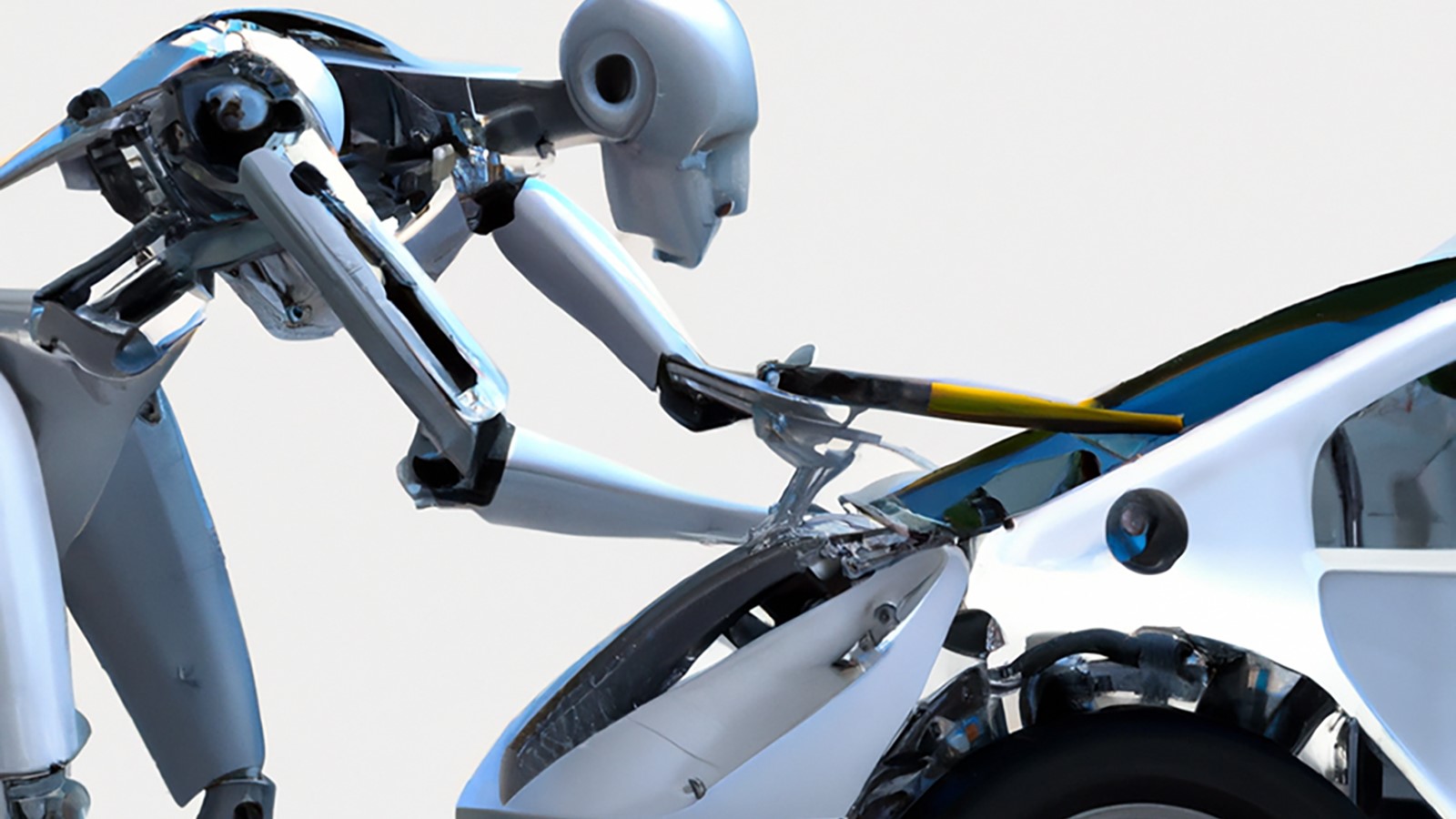Focus AI: Artificial intelligence in the fast lane – how it optimises the development of electric cars
AI-based language programmes such as ChatGPT are currently astounding users. However, artificial intelligence is also proving its potential in other areas. Today: What we can learn about AI and e-cars with the help of AI.
Helmut Spudich
AI can help to improve the design of electric vehicles in several ways. Here are a few examples:
• AI can be used to optimize the design of the electric drivetrain, including the electric motor, battery, and control systems. Using advanced optimization algorithms, AI can help find the most efficient and effective design for these components, which can improve the performance and range of the vehicle.
• AI can predict the demand for different types of electric vehicles, which can help manufacturers design vehicles that will be in high demand. By analyzing data on consumer preferences, market trends, and other factors, AI can help manufacturers design cars that are well-suited to the market and will be successful.
• AI can improve the safety of electric vehicles by helping to design advanced driver assistance systems (ADAS). These systems can use AI to detect potential hazards and take corrective action to avoid accidents. This can help to make electric vehicles safer for passengers and other road users.
• AI can improve the user experience in electric vehicles by designing advanced infotainment systems that use AI to personalize the experience for each user. By using AI to learn the preferences of individual users, these systems can provide personalized recommendations for music, navigation, and other features, making the driving experience more enjoyable.
So far, so true. Some discussions with experts or a more extensive Google search would have resulted in this compact summary of the role that artificial intelligence can play in EV design and certainly already plays. If necessary, the details can be deepened for a technically interested audience, for example, on the subject of AI and the electric drivetrain:
There are several ways in which AI can optimize the design of an electric drivetrain. One way is to use machine learning algorithms to analyze data from past designs and test results to identify patterns and trends that can be used to improve the design. This can involve using data on factors such as the drivetrain’s efficiency, the electric motors’ performance, and the drivetrain’s overall weight and size.
Another way that AI can optimize the design of an electric drivetrain is through simulations. Using computer simulations, engineers can test different design configurations and evaluate their performance in a virtual environment without needing costly and time-consuming physical testing.
And so forth. However, writing up this information did not involve extensive research. ChatGPT, a natural language-based AI, provided the answer within seconds. A few weeks ago, this language AI was opened up for public trial by OpenAI, a research laboratory for artificial intelligence (you can try it at OpenAI.com). DALL-E, a cousin of ChatGPT, provided the appropriate illustrations for this post. And more AI helped in polishing and translating this post.
ChatGPT amazes with its linguistically correct and fluent formulations to the questions asked. Of course, many users initially wanted to demonstrate the errors of the AI or the bullshit of some answers.
That’s not difficult if you ask bullshit questions and get corresponding bullshit answers: After all, ChatGPT has been fed tons of books, magazines, and databases for its task, containing plenty of human bullshit. The result of the AI mirrors weaknesses or platitudes included in the source material as the basis for their learning.
However, Google co-founder Larry Page describes the vast potential of AI when searching for and processing information. “The ultimate search engine would understand everything on the web. It would understand exactly what you wanted and give you the right thing. We’re nowhere near doing that now. However, we can get incrementally closer to that, and that is basically what we work on.” ChatGPT couldn’t find this quote, at least for now, as it doesn’t have access to the open internet.
Therefore, strongly data-oriented applications, such as in the development of drive trains for e-cars or the evaluation of health data, are a particular strength of current AI. An impressive example could soon contribute significantly to the fight against pneumonia. The disease kills thousands of children daily in economically weaker countries without timely detection and treatment. Above all, there is a lack of expensive X-ray equipment for diagnosis. AI may soon offer a cheap alternative: It recognizes whether someone has pneumonia based on the type of cough.
Share post:




